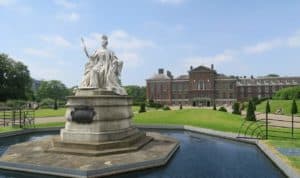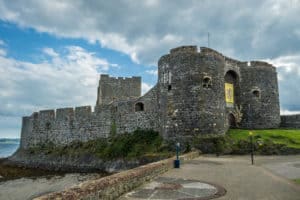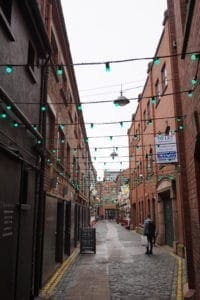The Huntington: 3 Attractions in California
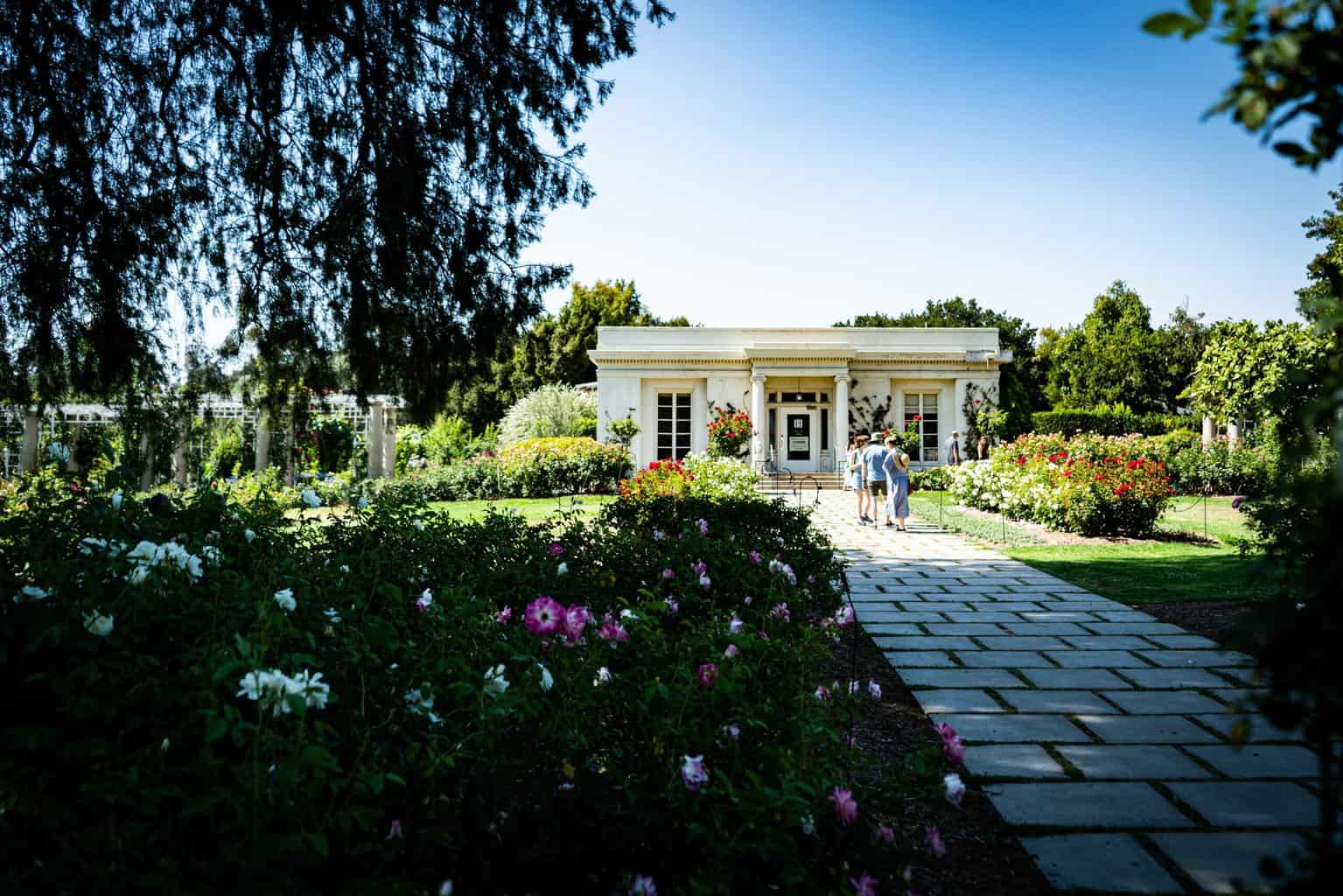
Updated On: November 22, 2023 by Courtney Augello
Located in the heart of San Marino, California, sits a cultural gem that provides an immersive blend of art, literature, and nature: The Huntington Library, Art Museum, and Botanical Gardens.
This world-renowned institution is a wonderland for both scholars and casual visitors alike, drawing individuals from around the globe to experience its boundless treasures. The institution comprises three main sections: the Library, the Art Museum, and the Botanical Gardens.
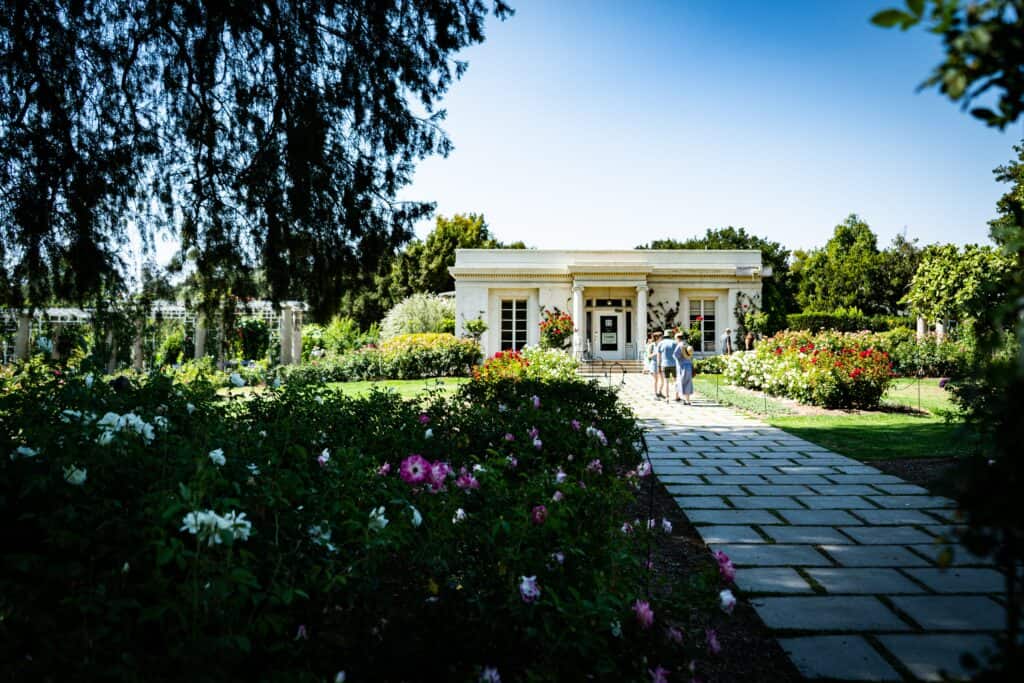
To help you plan the best visit to The Huntington, we’ve explored its history, collections, and need-to-know information before your trip.
Table of Contents
About The Huntington
History
The Huntington Library, Art Museum, and Botanical Gardens are the legacy of Henry E. Huntington, an influential businessman who played a key role in developing the American railroad in the late 19th and early 20th centuries.
Henry’s passion for art and literature, coupled with his substantial wealth, led him to amass an extensive collection of books, artworks, and botanical specimens. All of which can be admired at The Huntington today.
When Henry passed away in 1927, he bequeathed his estate and collections to a trust with the purpose of education and research. The Huntington was opened to the public in 1928, a year after his death.
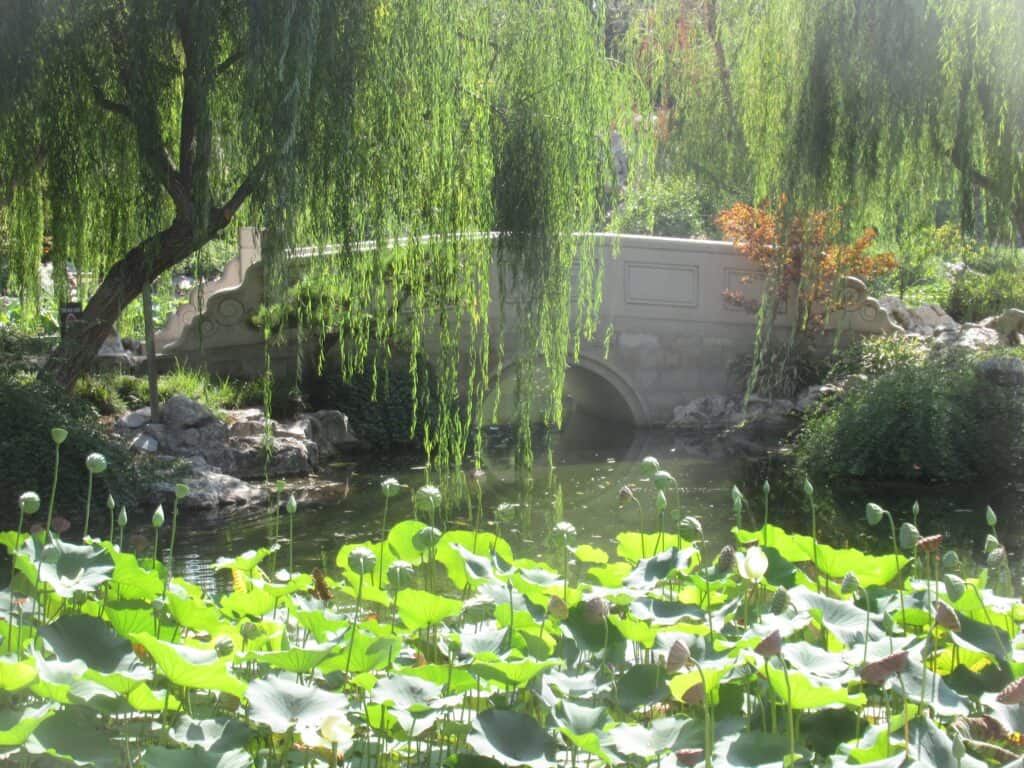
The institution has since served as a hub for scholars and the public alike, offering a rich array of resources spanning from the 11th century to the present. The founders’ vision was to stimulate learning, inspire creativity, and cultivate an appreciation for knowledge and beauty—an ethos that still guides the institution today.
Growth Over the Years
Over nearly a century since its inception, The Huntington has grown and evolved tremendously, reflecting its commitment to enriching public understanding of the arts, humanities, and botanical sciences.
Initially housing Henry E. Huntington’s personal collections, The institution has expanded its holdings to over nine million library items and a vast array of art, continually evolving with acquisitions, donations, and new exhibitions.
In addition to enhancing its collections, The Huntington has also significantly developed its physical landscape. The original Beaux-Arts mansion, which once served as the Huntington family residence, is now the Art Gallery.
Several other gallery spaces have been added over the years, including the Virginia Steele Scott Galleries of American Art and the MaryLou and George Boone Gallery.
The Botanical Gardens, too, have seen considerable development. Initially featuring a smaller assortment of gardens, The institution now proudly displays over a dozen themed gardens, each meticulously designed and maintained, providing visitors with an ever-changing panorama of flora.
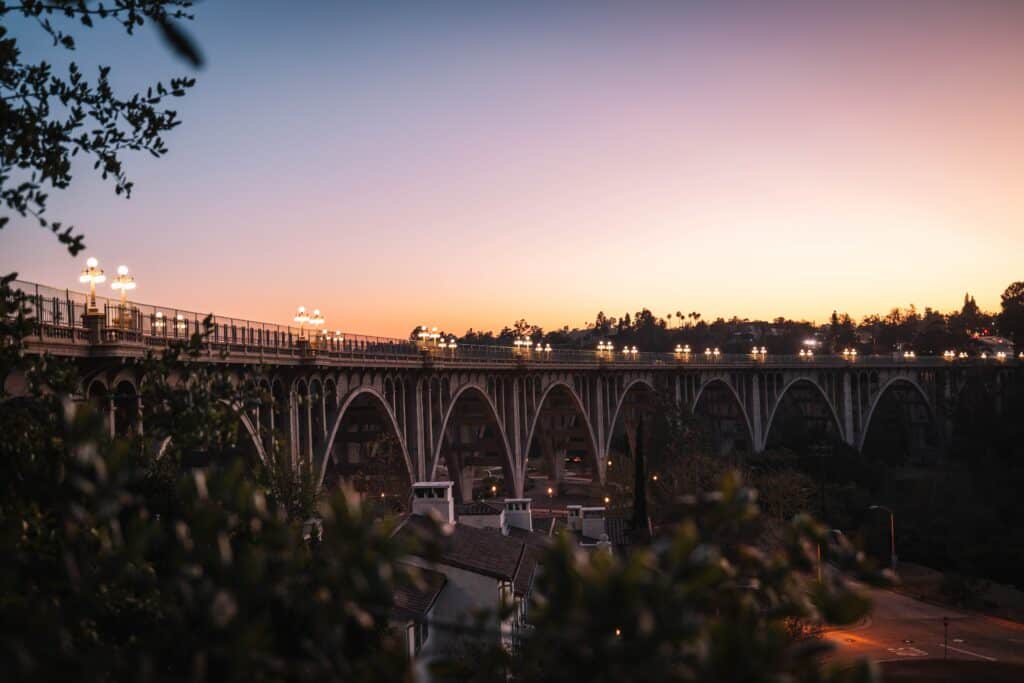
Where Is The Huntington Located?
San Marino, California, is a picturesque city nestled in the San Rafael Hills, just a stone’s throw away from Los Angeles. Renowned for its tree-lined streets, elegant homes, and pristine landscapes, San Marino exudes an air of exclusivity and tranquillity.
The city is renowned for its commitment to preserving its rich architectural heritage, boasting stunning examples of Spanish Colonial Revival, Tudor Revival, and Mediterranean-style homes.
Its charming downtown area offers a range of upscale boutiques, fine dining options, and cultural attractions. The Lacy Park, a sprawling green oasis, provides a serene retreat for residents and visitors alike.
With its proximity to Los Angeles, San Marino offers easy access to the vibrant cultural scene, entertainment, and amenities of the larger city while still maintaining its own unique charm and character.
The Library
Collections
The Library is a scholar’s paradise, housing one of the world’s most extensive research collections in the fields of American and British history, literature, art, and the history of science. Its extraordinary collection, comprising over nine million items, ensures a rich and varied exploration for every visitor.
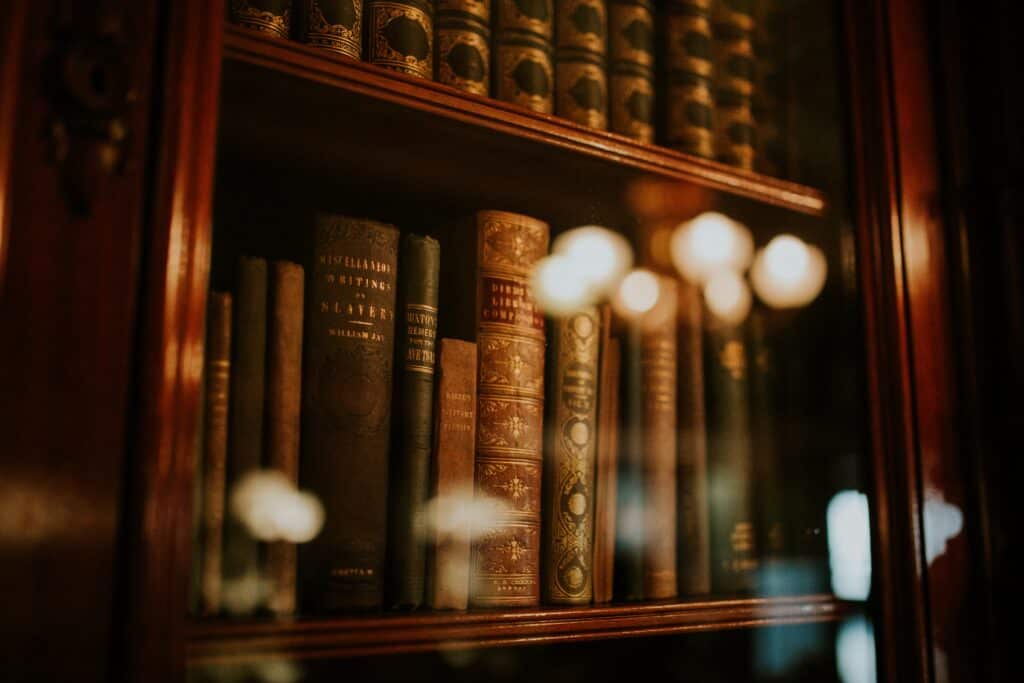
The jewel in the library’s crown is its collection of rare books and manuscripts. The library’s holdings extend far beyond these, with a significant array of historical documents which add a unique depth to the understanding of American history.
Equally compelling is the library’s collection of photographs, prints, and maps that provide a visual narrative of history, along with thousands of sound recordings that capture an audio representation of the past.
Every piece in the library’s collection tells a unique story, offering glimpses into different epochs and cultures. The Huntington Library is not just a repository of books and manuscripts; it’s a treasure trove of human knowledge and creativity, where every visit offers a fresh discovery.
Important Works at the Library
Several significant works found in the Library have invaluable historical, literary, and cultural importance. Arguably the most famous is the Ellesmere Manuscript of Chaucer’s “The Canterbury Tales”, one of the earliest and most beautifully illustrated versions of this cornerstone of English literature.
Another major highlight is the Gutenberg Bible, which dates back to the 15th century. It is one of the earliest major books printed using movable type in the West, marking a pivotal moment in human history. This rare and priceless artefact opened the doors to the spread of literacy and knowledge across the world.
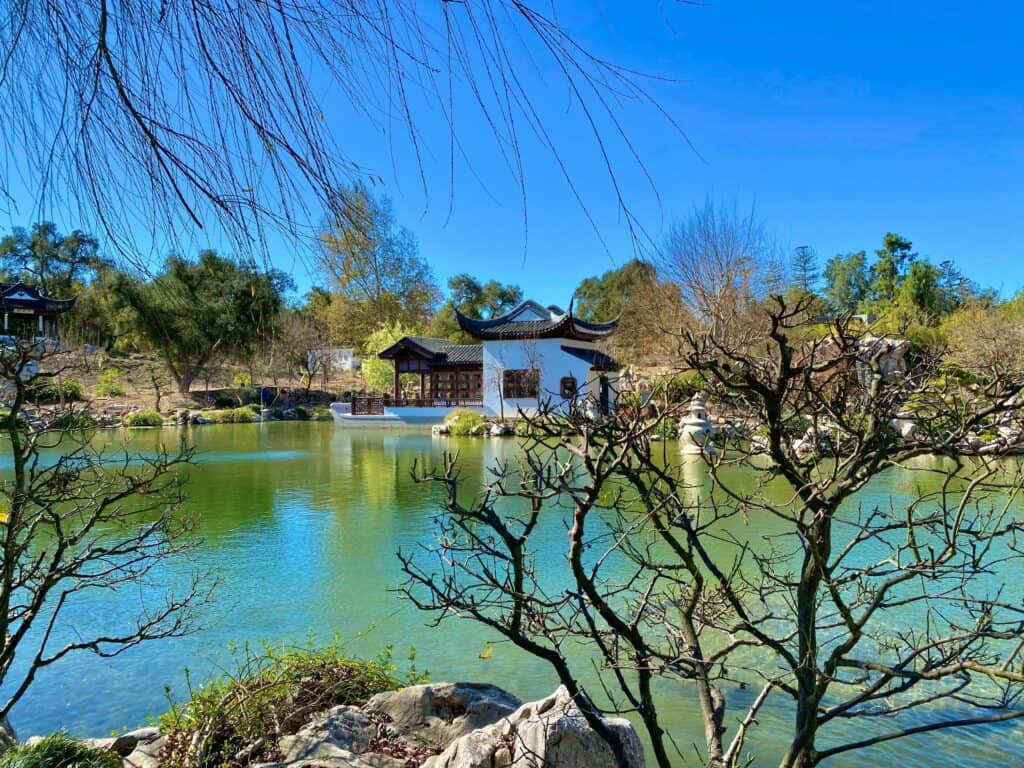
The library also possesses an extensive collection of American presidential papers, including the personal letters of Abraham Lincoln, the 16th US president. These documents provide a unique and intimate insight into the minds of figures who have shaped the course of American history.
In its entirety, the collection’s significance lies not just in the individual importance of each work but also in the collective insight they offer into human achievement, making The Huntington a destination of global scholarly importance.
The Art Museum
Collections
The Art Museum, originally the residence of Henry and Arabella Huntington, stands as an embodiment of their appreciation for fine art. This museum houses an extraordinary collection of European and American art, providing visitors with a journey through different epochs of artistic expression.
European art, particularly from the 18th and 19th centuries, dominates the collection with works from renowned masters such as Thomas Gainsborough, Sir Joshua Reynolds, and Jean-Antoine Houdon. The collection of British portraiture is particularly outstanding, with the famed ‘Blue Boy’ by Thomas Gainsborough as a crowning piece of the collection.
Equally impressive is the American art collection, which spans from the colonial period to the mid-20th century. It features a rich array of paintings, sculptures, and decorative arts that reflect the cultural evolution of the United States. Notable pieces include Frederic Edwin Church’s monumental ‘Chimborazo’ and Mary Cassatt’s ‘Breakfast in Bed.’
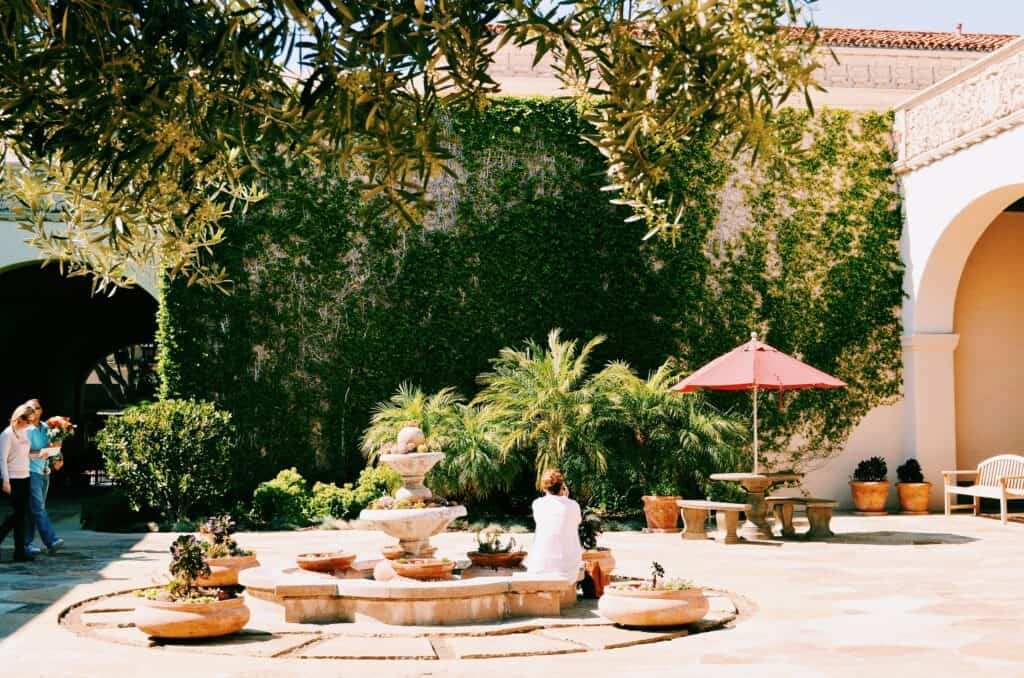
In addition, the museum continually hosts rotating exhibitions, often focusing on contemporary artists or themes These add an engaging and dynamic element to its robust permanent collection.
Whether it’s the mastery of European painters or the evocative narratives of American art, the Huntington Art Museum provides a rich, diverse, and accessible collection of artistic expression to explore and admire.
Architecture of the Museum
The Art Museum, formerly the Huntington residence, is a testament to the grandeur of American Gilded Age architecture. The Beaux-Arts-style mansion, completed in 1911, features a symmetrical façade, elaborate detailing, and the use of classical architectural elements.
Designed by Myron Hunt, a prominent architect of the era, the mansion features a stunning portico supported by large Ionic columns, providing a grand entry that hints at the treasures within. Its pinkish exterior glows in the Californian sunlight, while its tiled roof adds an element of texture and depth.
Inside, the museum continues to impress with its opulent interiors, featuring high ceilings, ornate plasterwork, and marble fireplaces. Light floods in through large, elegant windows, illuminating the artworks and enhancing their visual appeal.
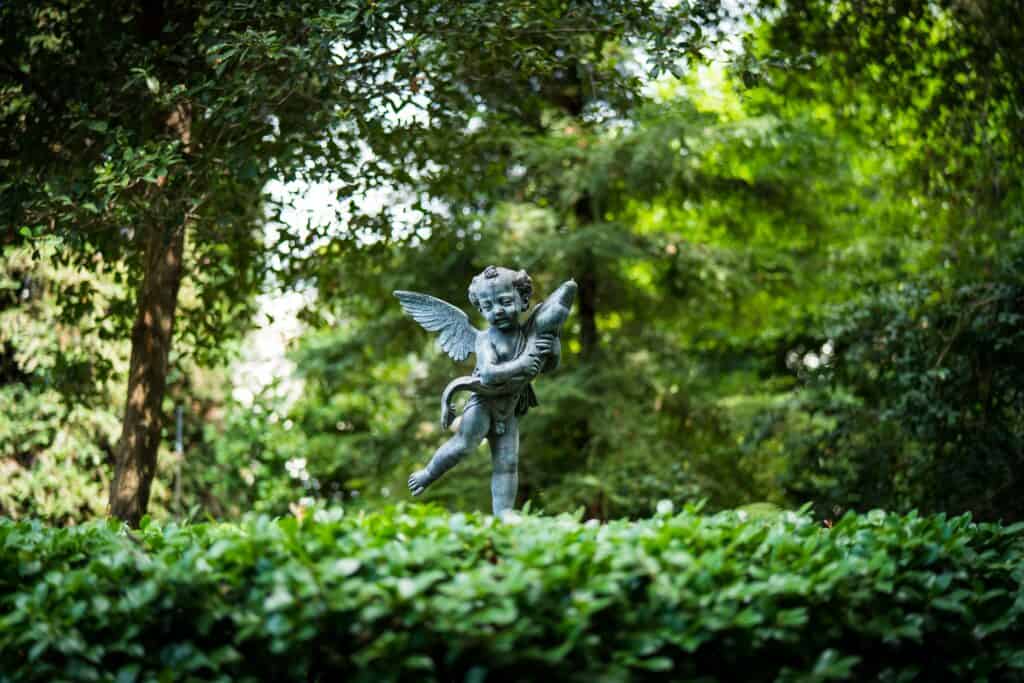
The building’s architectural beauty is harmoniously integrated with the surrounding landscape. Sculpted gardens and fountains complement the grandiosity of the structure, creating a setting that merges nature and man-made structures. The Art Museum is not just a home for art, but also a work of art in itself.
The Botanical Gardens
Encompassing approximately 120 acres of The Huntington’s grounds, the Botanical Gardens is a living museum of botanical beauty showcasing the world’s remarkable biodiversity. The gardens consist of over a dozen distinct thematic landscapes, each offering its unique sensory experience.
The Japanese Garden is a centrepiece of the botanical gardens, presenting a tranquil and harmonious setting that embodies the philosophical aesthetics of traditional Japanese landscaping.
This century-old garden features classic elements such as a moon bridge, a historic Japanese house, wistful wisteria arbours, koi-filled ponds, and an enchanting Zen rock garden. A stroll here is akin to a serene journey through Japan’s culture and artistry.
Adjacent to the Japanese Garden is the Chinese Garden, also known as the Garden of Flowing Fragrance. One of the largest Chinese-style gardens outside China, it teems with life, from the stunning lake to its hand-carved stone bridges and the wide variety of plants native to China.
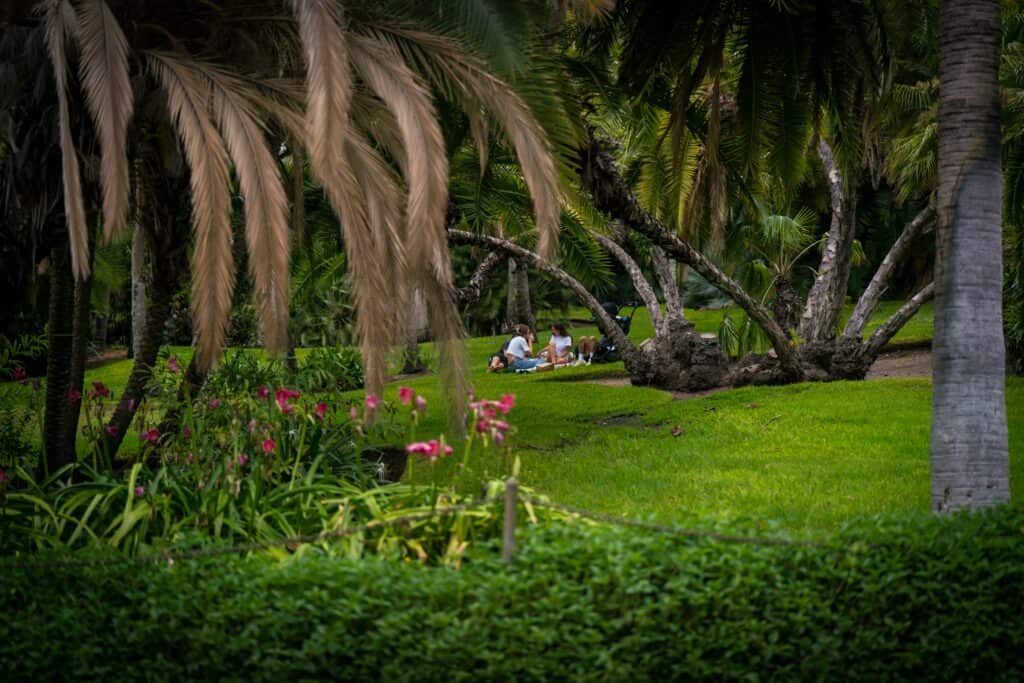
The Rose Garden, home to around 3,000 plants and more than 1,200 cultivars, is a feast for the senses. The symphony of colours and the heady fragrance create an ambience of romantic tranquillity. In full bloom, it is like stepping into a classic English painting.
In stark contrast, the Desert Garden transports visitors to a different world, celebrating the strange beauty of arid landscapes. With over 5,000 species of succulents and desert plants from across the globe, this garden showcases the stark, alien beauty of cacti and other succulents, revealing the fascinating ways in which life adapts to harsh environments.
The Australian Garden is a tribute to the unique and diverse flora of Australia. From tall eucalyptus to colourful Kangaroo Paws, this garden is a taste of the outback in the heart of California.
Smaller but no less captivating gardens include the Subtropical, Herb, Jungle, and Palm gardens, each displaying a diverse range of plants adapted to specific ecological niches. The recently inaugurated Chinese Penjing and Japanese Bonsai Collections offer miniature renditions of landscapes, expertly crafted and meticulously maintained.
A walk through the Botanical Gardens is a trip around the world, a journey through different climates and habitats. It’s no wonder that these gardens, as much as the collections they surround, have become a beloved destination for visitors.
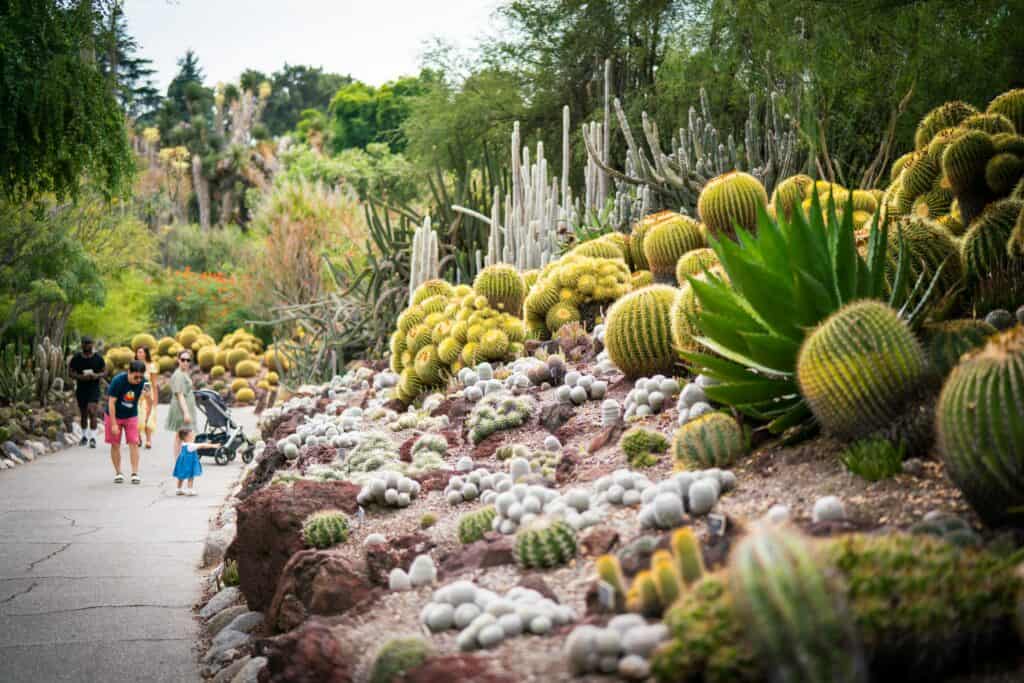
Visitor Information
Visiting The Huntington is a rewarding experience, but some planning ahead can make it even more enjoyable. By planning out your visit ahead of time, you are able to focus your time on the exhibits and areas that are most fascinating to you.
Opening Times
The institution is open Wednesday through Monday from 10 a.m. to 5 p.m. The institution is closed every Tuesday throughout the year. It is also closed on holidays, including Thanksgiving, Christmas Eve, Christmas Day, and Independence Day.
Ticket Pricing
Ticket prices vary based on age. Tickets cost $25 for adults, $21 for seniors, and $13 for students. In addition, children under 4 years old get free admission. Prices during special events may change, so it is best to check online before your visit.
When to Visit
The museum, library, and botanical gardens are beautiful year-round. For the best visit, the gardens are particularly stunning in spring when the roses are in full bloom. Mornings are usually less crowded than afternoons at the institution, so get there early to avoid crowds!
Accessibility & Dining
Parking is free at the grounds for all guests. The grounds are wheelchair accessible, and wheelchairs are available for borrowing at the entrance. Dining options on the grounds range from casual cafés to the upscale Rose Garden Tea Room and 1919 Café. Picnicking is not allowed, but water is permitted throughout the institution.
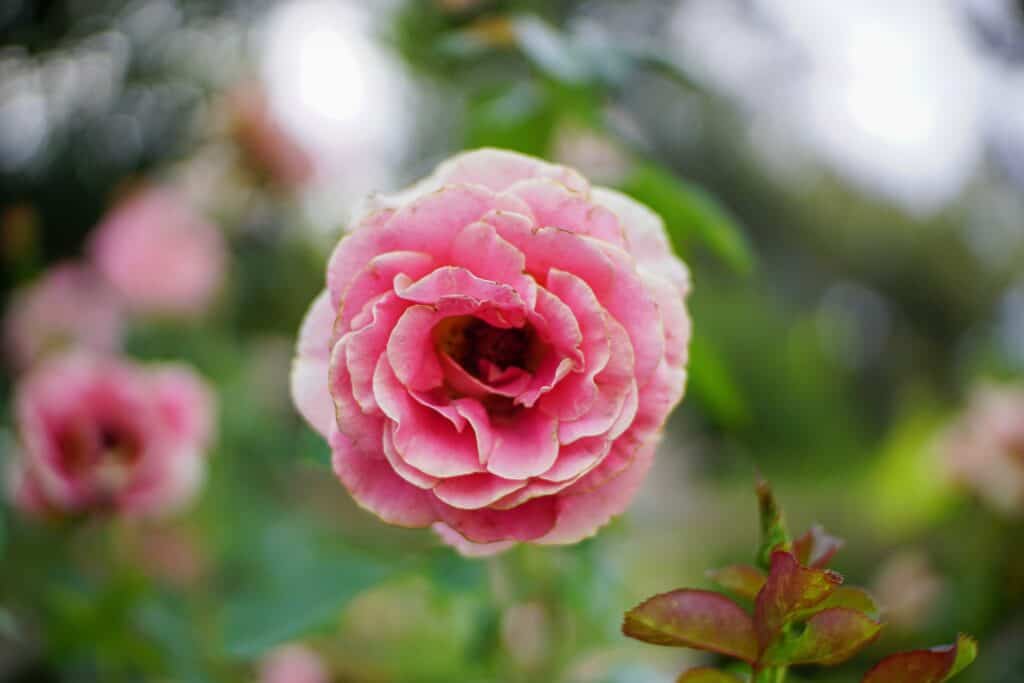
The Huntington is a Fascinating Institution
The Huntington Library, Art Museum, and Botanical Gardens in San Marino, California, stand as an extraordinary testament to human creativity, knowledge, and natural beauty. The institution’s rich collections of rare books, manuscripts, and artworks provide a glimpse into the depth and breadth of human history and artistic expression.
The Huntington is more than just a museum or a garden; it is an immersive experience that nourishes the mind, sparks inspiration, and kindles a deep appreciation for the wonders of our world. Whether you are a scholar, an art enthusiast, or a nature lover, a visit to The Huntington promises to be an unforgettable journey through time, culture, and the beauty of nature.
For any traveller in Southern California, a visit to The Huntington is a journey not to be missed.
If you’re planning a holiday in California, check out our Napa Valley Guide.


